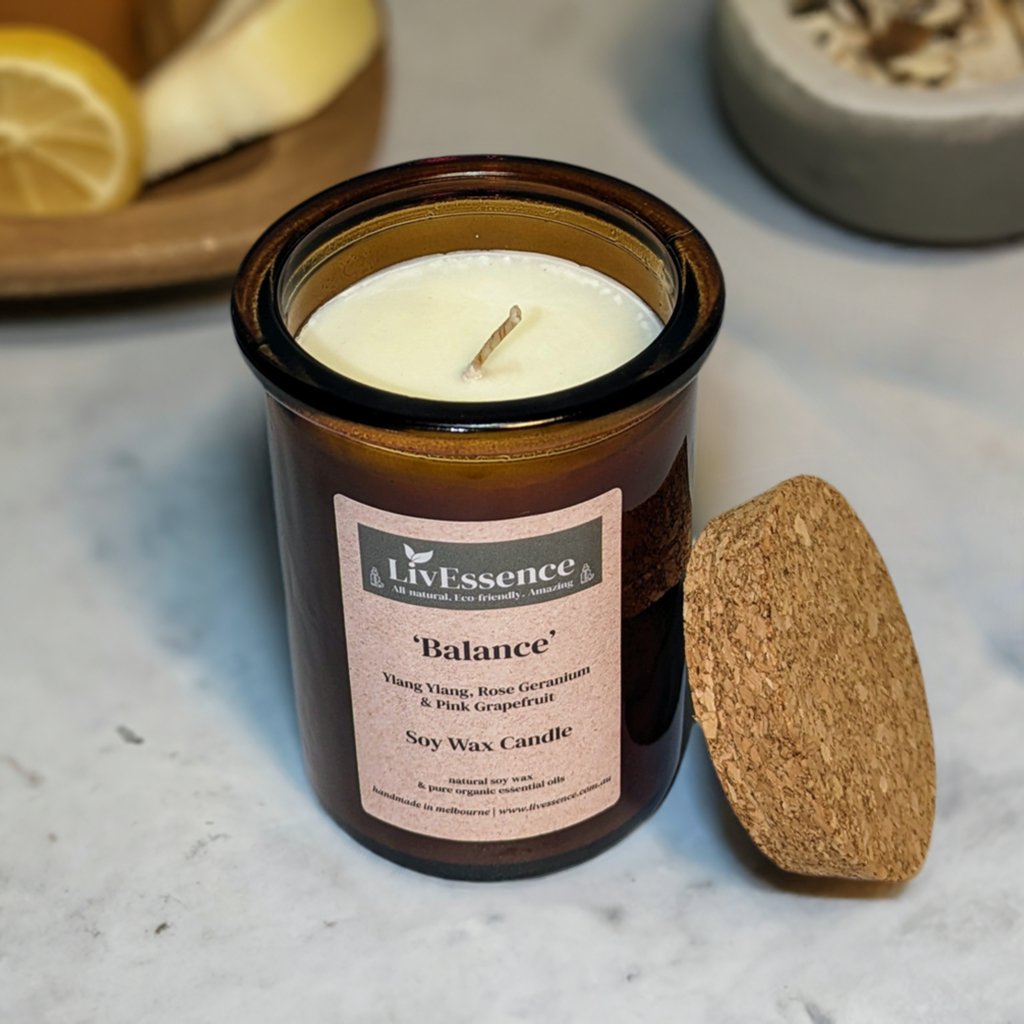Explore the Globe of Crystal Soy Candles and Home Fragrance Thrills
Explore the Globe of Crystal Soy Candles and Home Fragrance Thrills
Blog Article
From Wick to Wax: Recognizing the Chemistry Behind Soy Wax Candles and Their Ecological Effect
As we illuminate our areas with the warm radiance of candles, there lies a realm of elaborate chemistry behind the seemingly basic act of lighting a soy wax candle light. The choice in between soy and paraffin wax extends past mere aesthetic appeals, delving right into the realm of environmental effect and the really structure of the materials. Comprehending the molecular framework of soy wax and its combustion procedure clarifies the emissions released right into our environments. Join us as we unwind the clinical complexities behind soy wax candle lights and explore their effects on our atmosphere.
Soy Wax Vs. Paraffin Wax
When comparing soy wax and paraffin wax for candle making, it is vital to understand the distinctive attributes and benefits of each product. Soy wax is a natural, renewable source stemmed from soybean oil, making it biodegradable and environmentally friendly - home fragrance. In comparison, paraffin wax is a by-product of petroleum refining, which elevates worries concerning its ecological influence and sustainability
Soy wax candle lights burn cleaner and discharge much less residue compared to paraffin wax candle lights, making them a healthier selection for interior air high quality. In addition, soy wax has a reduced melting factor, enabling for a longer-lasting candle that spreads fragrance more successfully. Paraffin wax, on the other hand, has a tendency to shed faster and less cleanly, possibly launching unsafe chemicals right into the air.
From a sustainability point of view, soy wax is favored for its biodegradability and eco-friendly sourcing, straightening with the expanding customer preference for eco mindful items. While paraffin wax has actually been a typical option in candle making because of its cost and convenience of use, the change towards eco-friendly alternatives like soy wax is obtaining momentum in the industry.
Chemical Structure of Soy Wax

Combustion Process in Soy Candles
The chemical make-up of soy wax straight affects the combustion process in soy candle lights, affecting variables such as shed time, scent release, and ecological effect. When a soy candle light is lit, the warm from the fire thaws the wax near the wick.
The combustion effectiveness of soy candles is affected by the purity of the soy wax and the top quality of the wick. Additionally, soy wax candles have a reduced ecological impact contrasted to paraffin candle lights due to their eco-friendly and eco-friendly nature.

Environmental Benefits of Soy Wax

Considered a sustainable choice to conventional paraffin wax, soy wax supplies noteworthy ecological benefits that make it a popular option among eco-conscious customers. Soy wax burns cleaner and creates much less residue than paraffin wax, adding to far better interior air top quality and minimizing the need for cleaning and maintenance. On candles the whole, the ecological advantages of soy wax line up with the expanding need for sustainable and green products in the market.
Recycling and Disposal Considerations
Reusing and proper disposal of soy wax candles play a vital function in preserving environmental sustainability and reducing waste in families and neighborhoods. When it comes to reusing soy wax candles, the initial action is to make certain that the candle light has burned completely.

In terms of disposal, if recycling is not an option, soy wax candle lights are biodegradable and can be securely dealt with in most home waste systems. It is constantly suggested to examine with local recycling centers or waste management solutions for certain guidelines on candle disposal to make sure proper handling and ecological protection.
Verdict
In final thought, the chemistry behind soy wax candle lights exposes their environmental benefits over paraffin wax candle lights. Soy wax, originated from soybean oil, burns cleaner and generates much less residue when compared to paraffin wax. The burning process in soy candle lights is extra reliable, leading to a much longer and more also shed. Furthermore, soy wax is biodegradable and sustainable, making it a much more lasting selection for candle light production. Recycling and correct disposal of soy wax candles even more add to their ecological impact.
When comparing soy wax and paraffin wax for candle making, it is crucial to comprehend the unique features and advantages of each material (candles).Soy wax candles melt cleaner and give off much less residue contrasted to paraffin wax candles, making them a much healthier choice for indoor air quality.Thought about a sustainable option to typical paraffin wax, soy wax offers notable environmental benefits that make it a popular selection amongst eco-conscious customers. Soy wax burns cleaner and generates much less residue than paraffin wax, adding to better indoor air quality and minimizing the requirement for cleaning and maintenance.In final thought, the chemistry behind soy wax candle lights exposes their environmental advantages over paraffin wax candles
Report this page